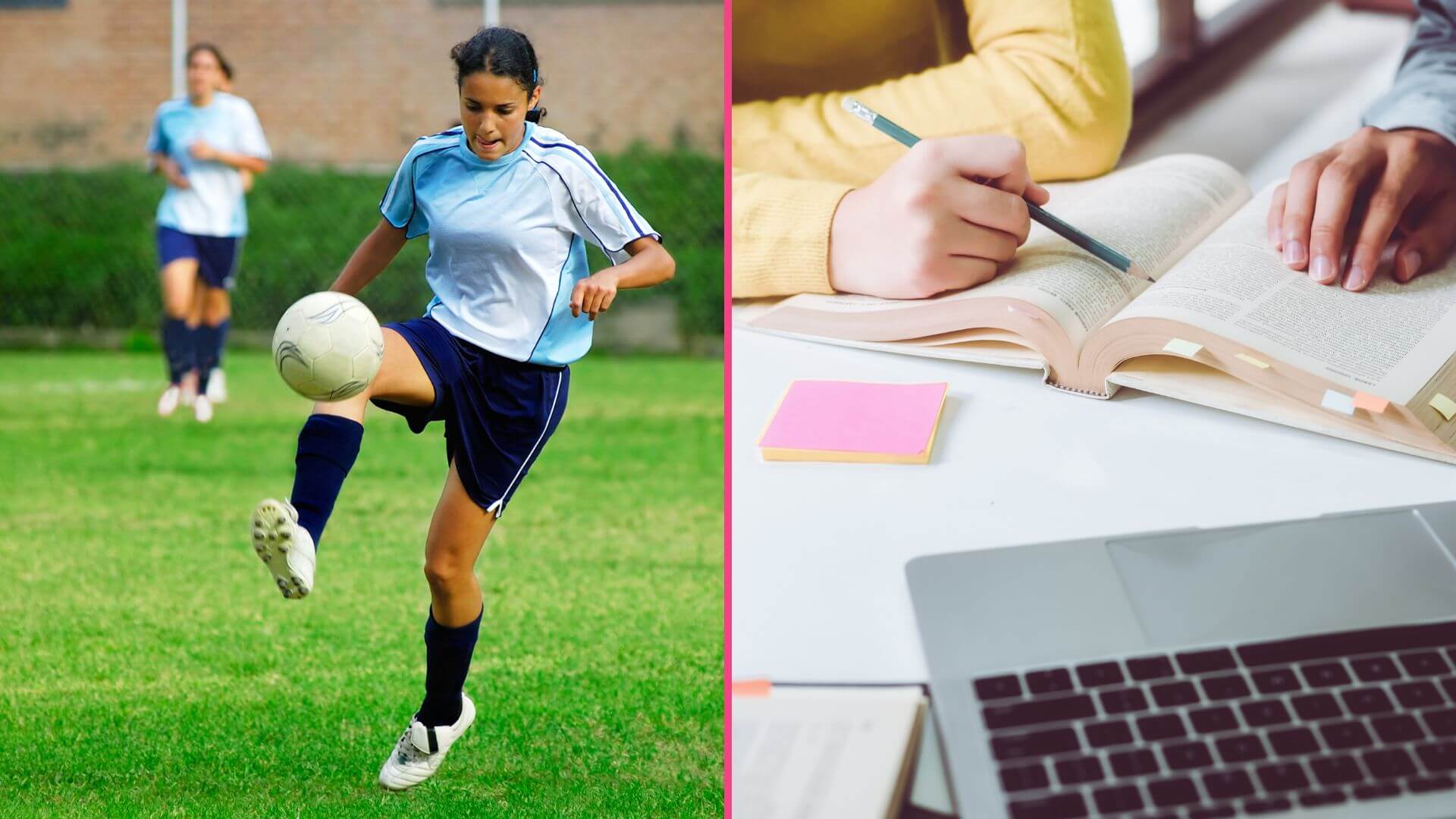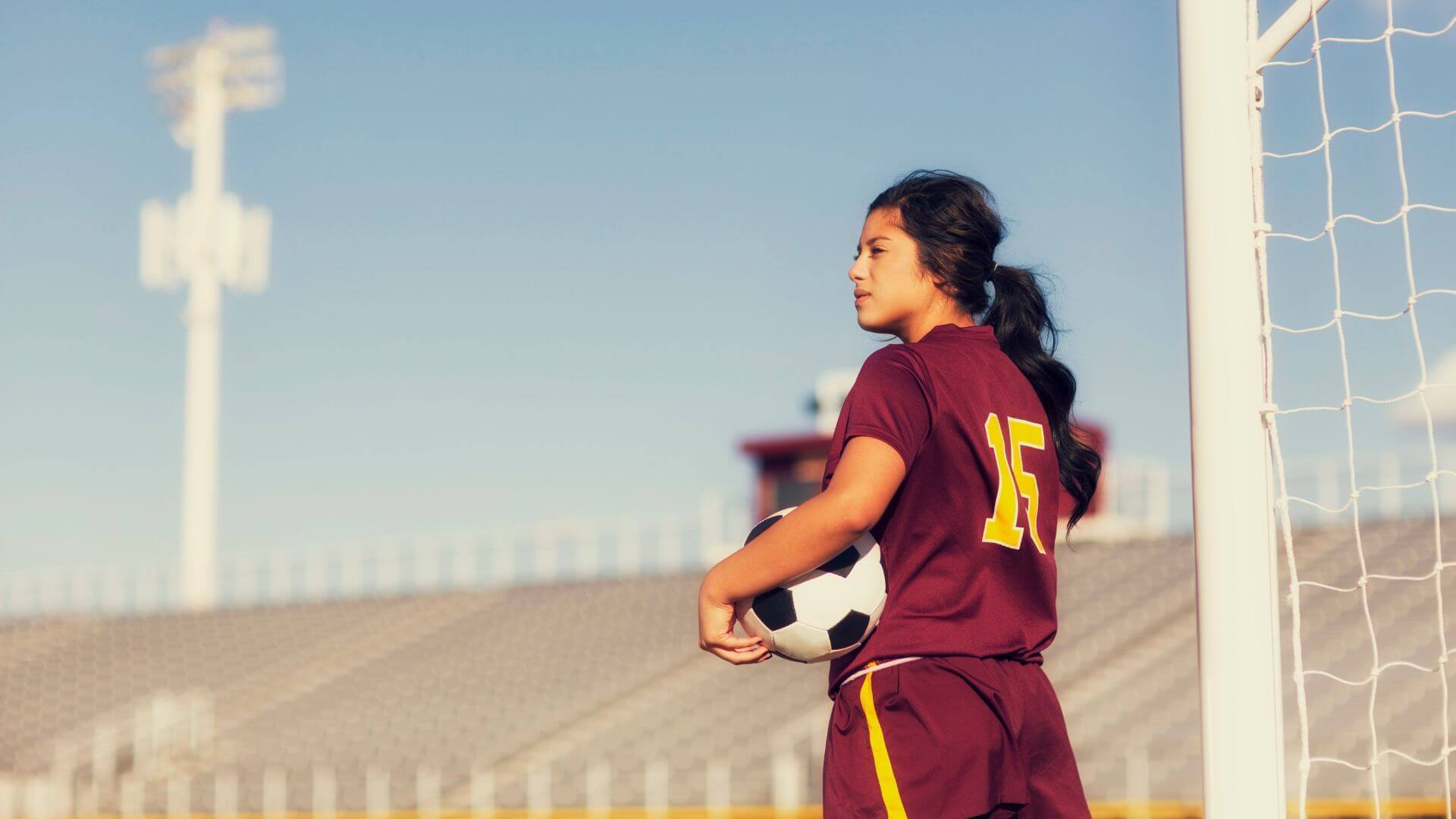How To Train to Produce Power
The game of soccer is multifaceted when it comes to performance. Do you train for strength? Do you train agility? What about training for speed, endurance, and power? Do you focus on flexibility? Are you improving your mobility to be able to improve in all the other areas? All those factors play an important role in your body’s performance on the field. Make sure you take a look at your training approach to incorporate these aspects.
Let’s dive into how to train to produce power. Power is useful in that small window of time from winding up to the point of contact when kicking the ball. Power is influenced by force and velocity (speed of movement). Increasing force, velocity, or both can improve power production, resulting in a stronger, further kick. This article details the power zones, force-velocity curve, and the nitty-gritty of training within each power zone.
An approach strength and conditioning coaches take is to progress load through the same type of exercise which hits all zones of power training. However, there are other approaches to power training such as ballistic and velocity of contraction.
Three exercises to train for power development:
- Starting the workout with a body weight vertical jump at 0% of 1RM, then adding a weighted or hex barbell squat at 30% of 1RM jump, then finishing the workout progression with back squats at greater than 80% of 1RM. (RM = Rep Max = the most weight you can squat for one rep)
- Romanian deadlifts help develop the strength and power in the posterior chain which is key for soccer players. The movement creates power through the hips, which benefits kicking, change of direction, balance, and stability. You want to focus on a controlled lowering phase and a strong, powerful concentric phase.
- Bounding helps with explosivity. This exercise is best on flat terrain. This is an exaggerated sprint motion covering 20-100 meters. The goal is to have the fewest strides to cover the distance.
Because most soccer actions occur on a low force, high-velocity zone of the curve, power training should be specific to that load zone. Because strength positively affects power output through all loads, it is extremely important for an athlete to continuously be stimulated to maintain their values of maximum strength. In the case of soccer, one single strength training unit per week appears to be sufficient to maintain the values of maximum strength and speed at a professional level (Rønnestad et al., 2011).
There are a ton of other exercises that can be done to increase power. Educate yourself on these exercises and when you should be focusing on power and strength production throughout the year. The off-season is the best time to get three to four strength, agility, and power-focused workouts per week. Once the season starts, it’s best to focus on the game’s technical and tactical aspects, along with integrating rest days.
Ask yourself, “are you training for power?” If not, find a fitness coach who can lead you in the right direction to improving your performance on the field. Learning how to properly train your body for performance on the field will give you an edge on the competition and set you apart as a Soccerista!
Featured image via Adobe Stock Images
_
GIRLS SOCCER NETWORK: YOUR SOURCE FOR GIRLS SOCCER NEWS











